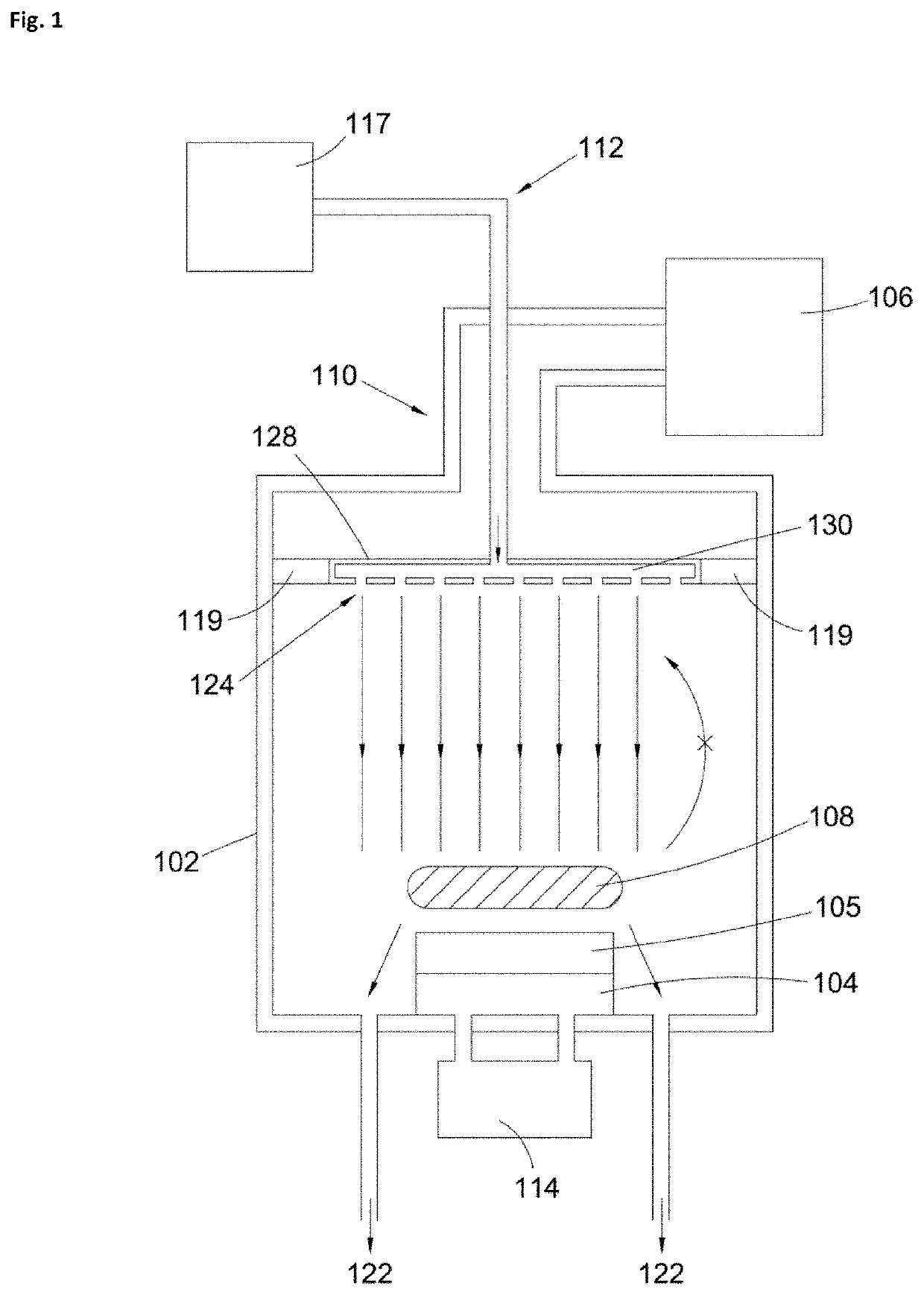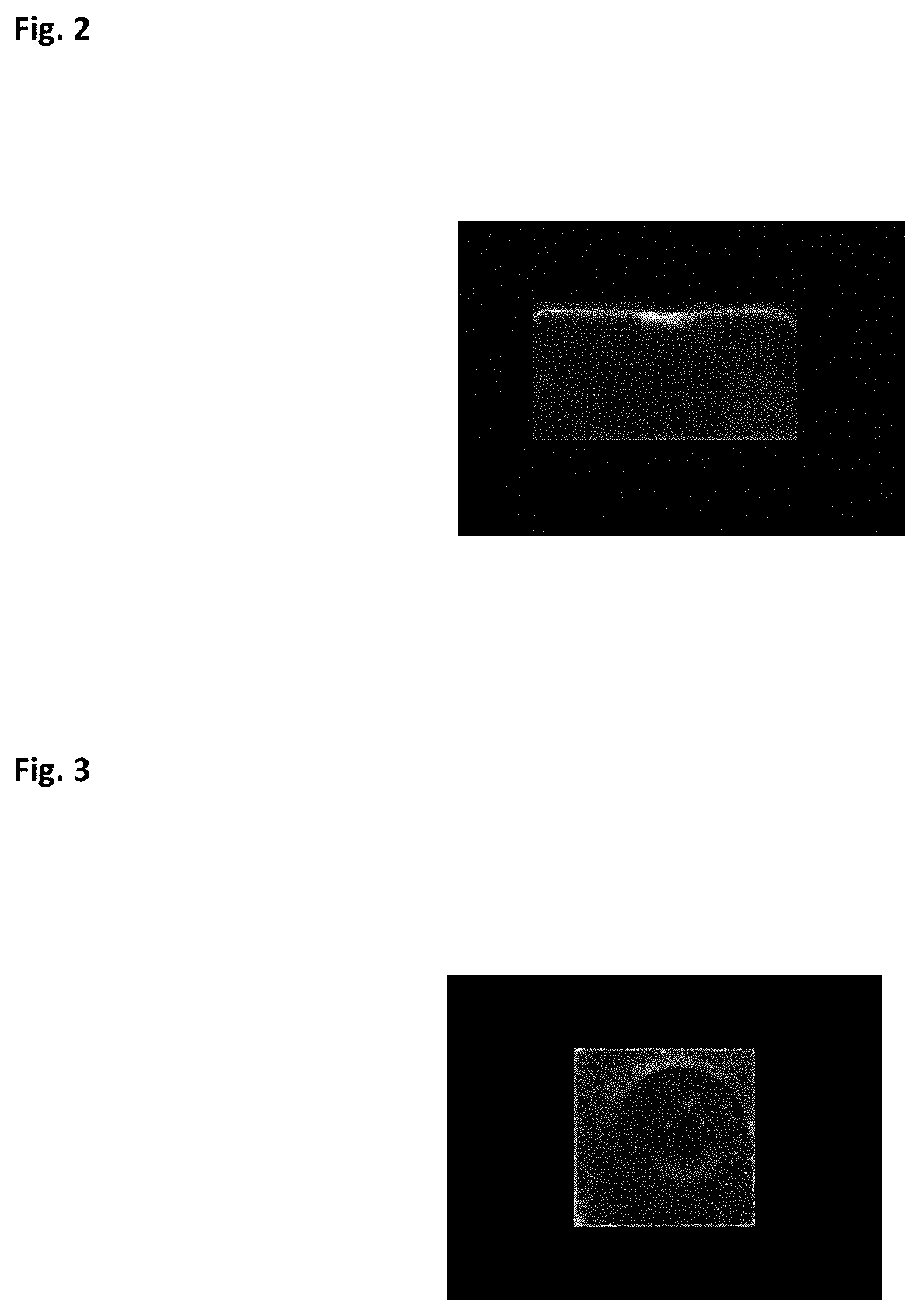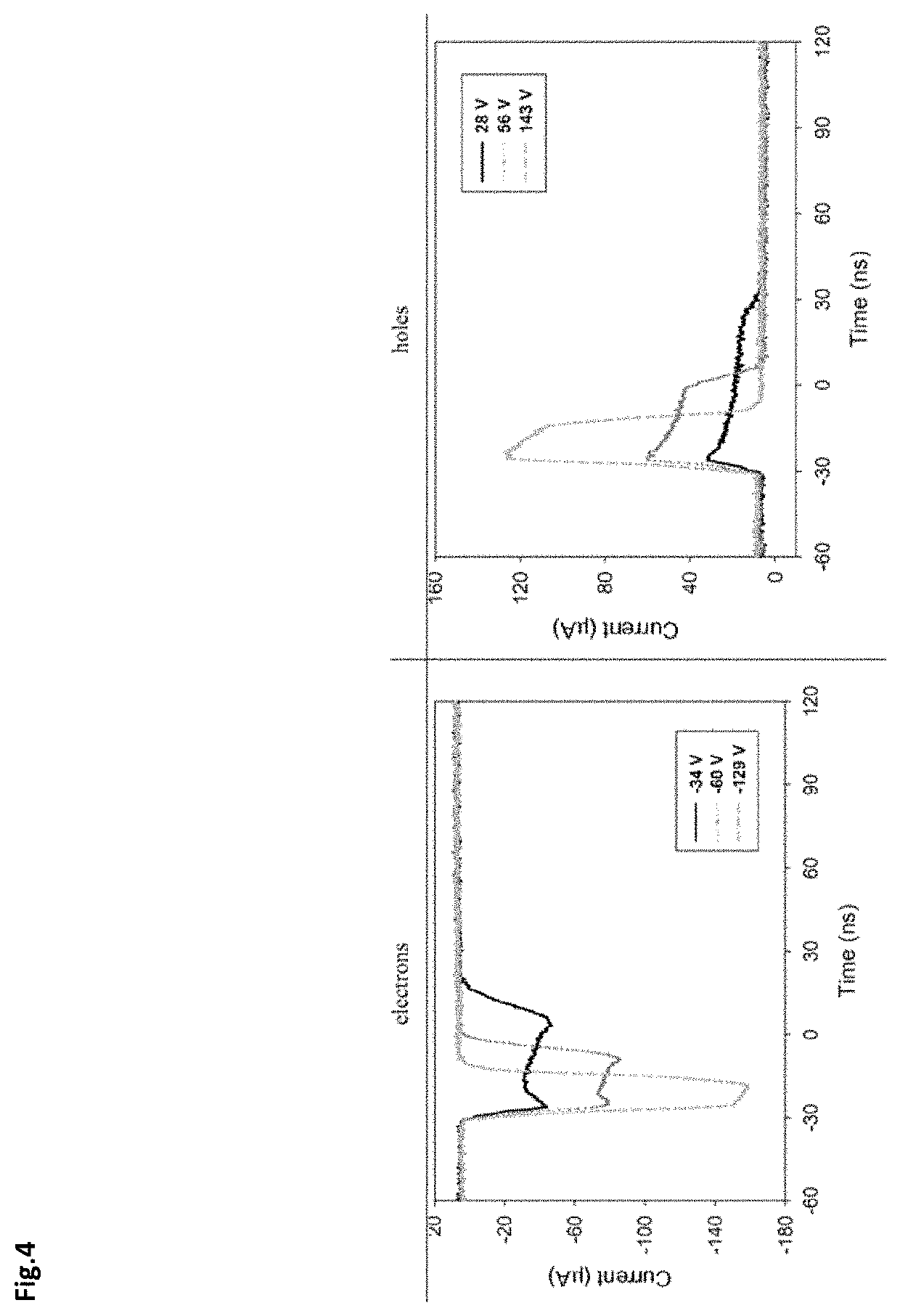Methods of fabricating synthetic diamond materials using microwave plasma activated chemical vapour deposition techniques and products obtained using said methods
a technology of plasma active and synthetic diamond, which is applied in the direction of polycrystalline material growth, crystal growth process, chemically reactive gas growth, etc., can solve the problems of difficult to even approach the level of perfection, all diamond materials contain a significant number of defects, and the theoretical perfect diamond lattice is impossible to achieve, etc., to achieve high and uniform power density, reduce impurities, and high volume growth rate
- Summary
- Abstract
- Description
- Claims
- Application Information
AI Technical Summary
Benefits of technology
Problems solved by technology
Method used
Image
Examples
Embodiment Construction
[0048]As previously described in the summary of invention section, a method of fabricating synthetic diamond material using a microwave plasma activated chemical vapour deposition technique is provided which utilizes high and uniform microwave power densities applied over large areas and for extended periods of time.
[0049]The microwave power density may be maintained at a power density of at least 3.2 W / mm2, 3.4 W / mm2, or 3.6 W / mm2 and / or no more than 10 W / mm2, 8 W / mm2, 6 W / mm2, 5 W / mm2, or 4 W / mm2. The optimal power density within these ranges will be dependent on the precise product which is being fabricated.
[0050]Furthermore, the microwave power density is maintained at a target value with a variation over time of no more than ±5%, ±3%, ±2%, or ±1% as measured by fluctuations in total microwave power input to the plasma chamber averaged over 5 second measurement periods for a time period forming at least 30%, 50%, 70%, 90%, or 95% of a total growth time period. For example, the m...
PUM
| Property | Measurement | Unit |
|---|---|---|
| area | aaaaa | aaaaa |
| surface area | aaaaa | aaaaa |
| surface area | aaaaa | aaaaa |
Abstract
Description
Claims
Application Information
 Login to View More
Login to View More - R&D
- Intellectual Property
- Life Sciences
- Materials
- Tech Scout
- Unparalleled Data Quality
- Higher Quality Content
- 60% Fewer Hallucinations
Browse by: Latest US Patents, China's latest patents, Technical Efficacy Thesaurus, Application Domain, Technology Topic, Popular Technical Reports.
© 2025 PatSnap. All rights reserved.Legal|Privacy policy|Modern Slavery Act Transparency Statement|Sitemap|About US| Contact US: help@patsnap.com



